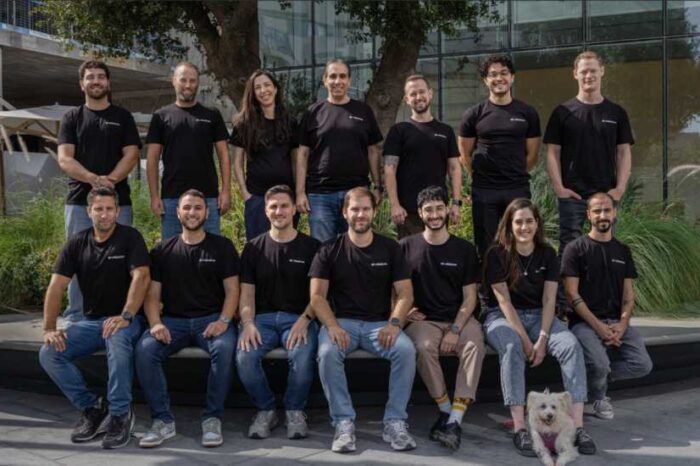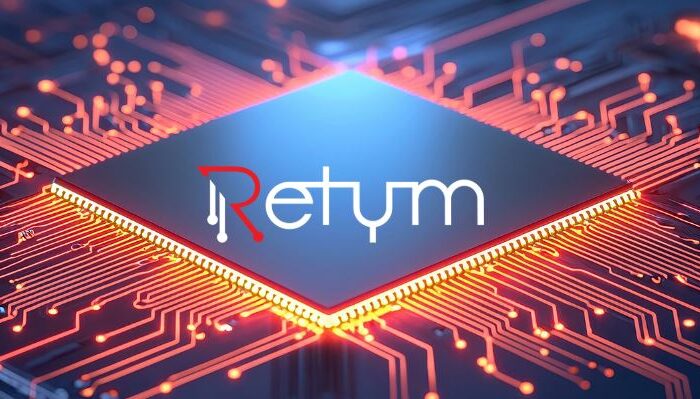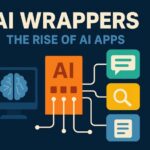The Rise of AI Wrappers: Why Value Is Moving Up the Stack from Foundation Models to AI Apps

Back in August 2023, we published an article titled “The Rise of AI Wrappers and the Challenges Ahead,” pointing out the shaky ground some founders were standing on as they built businesses on top of large language models. Nearly a year later, those early warnings are playing out — just not in the way anyone expected.
That piece looked into the flood of AI wrappers — also called API wrappers — which are essentially tools that layer a user-friendly interface over models like ChatGPT, Google Gemini, or Claude. Most of them weren’t doing anything groundbreaking under the hood. They just made powerful models easier to use.
Then came the warning shot. In April 2024, OpenAI CEO Sam Altman put startups on notice: if you’re just wrapping GPT-4, “we’re going to steamroll you.”
He wasn’t bluffing. At the time, several startups were spinning up wrappers that looked like nothing more than clever prompts dressed as products — features that were likely to show up in the next version of GPT anyway.
But fast-forward, and it’s starting to look like both Altman — and we — might have missed something.
The ground is shifting.
AI Foundation Model Makers Are Losing Ground
With the rise of Chinese AI startup DeepSeek and the growing price war among foundation model providers like OpenAI, Gemini, and Anthropic, it’s becoming clear that the value is shifting.
As infrastructure costs drop and models become harder to differentiate, investors are starting to realize that the real opportunity lies in AI applications — not the models themselves. It’s a shift similar to how companies like Salesforce and Stripe built massive businesses by focusing on software layered on top of cloud infrastructure.
Open-source models are also gaining traction, accelerating this shift in focus from the underlying tech to the apps that make it useful.
Think Salesforce or Stripe. The infrastructure made their existence possible, but it’s their application layer that won.
That’s where AI wrappers come in.
The Rise of AI Apps
For all the attention that large language models and the companies building them have been getting, the real value in artificial intelligence is starting to shift. It’s no longer about who has the most advanced model — it’s about who’s building the most useful applications on top of them.
While early headlines centered around model makers like OpenAI and Google, the momentum is quietly moving toward app creators — the ones turning raw AI into tools people actually use. These builders are now delivering more tangible value and capturing more attention.
As foundational models become cheaper and more accessible, the edge that once belonged to model developers is fading. The focus has moved up the stack, to the software layer where real-world use cases are brought to life.
Owning the model used to be the holy grail. But with dozens of high-performing models now on the market, the real advantage lies in how you use them — and the companies building practical, user-facing apps are beginning to take the lead.
Much like software once ate the world, AI apps are starting to eat AI itself. As model performance levels out, it’s the apps delivering real utility and strong user experiences that are creating the most value.
The Real Value in AI Is Moving From Foundation Models to Vertical AI Apps
They were mocked at first. Products like Perplexity, Replit, Abridge, and others were brushed off as interfaces riding on someone else’s tech. But they’re still standing — and in many cases, thriving — while model providers are busy undercutting themselves to stay relevant.
“There was an impression that the only way to compete in AI would be to raise hundreds of millions of dollars to pre-train these web-scale models that could solve every problem underneath the sun, and that was the only game in town for AI,” Shiv Rao, founder and CEO of the healthcare AI startup Abridge, told CNBC. “Very quickly, people figured out that actually, value moves up the stack.”
That view is becoming more common. Big names like Microsoft spent billions on model development. But the edge that gave them is narrowing fast. Model performance is leveling out, switching costs are low, and developers are increasingly moving toward open-source options.
The apps, though — the ones with sticky user experiences and clear use cases — they’re winning hearts, minds, and wallets. Andreessen Horowitz partner Bryan Kim put it this way:
″[Wrapper] just sort of means that it feels less thoughtful. It feels like you’re giving this little package around what was built. As opposed to what it really means is, ‘I’m going to understand the customer’s problem. I’m going to marry this and deliver a solution to what you’re trying to achieve.”
That mindset is reshaping how products are built in the Valley. Cursor, a code-focused wrapper, is growing at breakneck speed. It lets people build apps without needing a CS degree. This isn’t about fancy tech. It’s about making something people can actually use.
E14 Fund’s Calvin Chin calls this “vibe-coding” — building by feel, not by blueprint. He imagines a world where people are vibe-lawyering, vibe-accounting, and just trusting tools to do the job without needing to inspect every detail.
“I love the phrase vibe-coding because, actually, I think it points to … this new way that we’re going to interact with these systems where we’re not necessarily going to interrogate all of what they do in process,” Chin said. “Over time as the models improve and these products built on top of them improve, we’re going to get other kinds of vibe-activities in the economy. So maybe it’s vibe-lawyering, vibe-accounting, and we’re going to trust the models more and more.”
So, what about OpenAI?
GPT-4o is still ahead in accuracy, nuance, and overall experience. But that lead is getting thinner.
-
Cost matters: DeepSeek R1 and others are rolling out models that are nearly as good but way cheaper. Companies are rethinking if GPT-4o is really worth the premium.
-
Switching is easy: You don’t have to rebuild your whole stack to switch providers. A few lines of code, and you’re good.
-
Open-source is catching up: Projects like Mixtral are offering impressive results at little to no cost.
Meanwhile, wrappers are quietly building empires.
AI Wrappers Are Quietly Building Empires
Notion AI, Perplexity, and Poe are proving that the interface — how people interact with AI — is where the stickiness lies. They focus on simplifying the experience, not reinventing the wheel. And it’s working. While OpenAI, Google, and Anthropic pour billions into infrastructure, these apps are capturing user loyalty by solving actual problems.
At the end of the day, the model is just an engine. What users care about is the car.
And the ones building great rides? They’re the ones pulling ahead.




